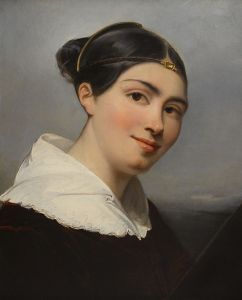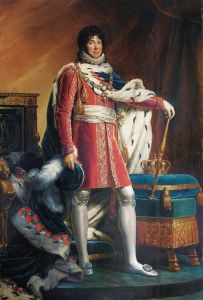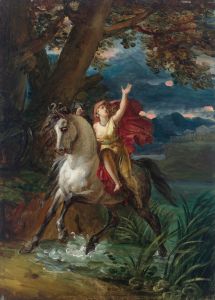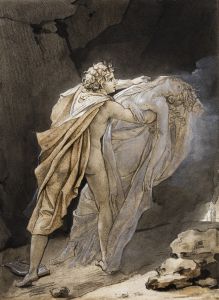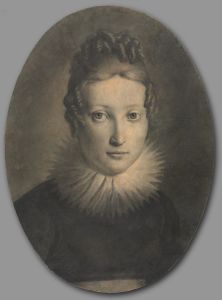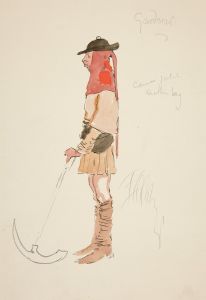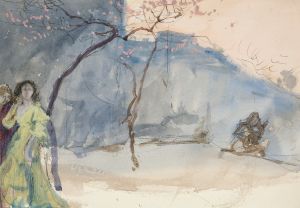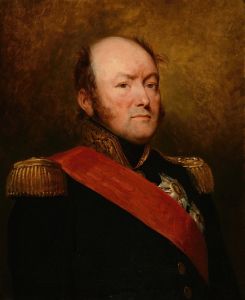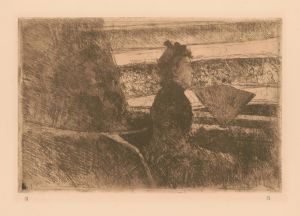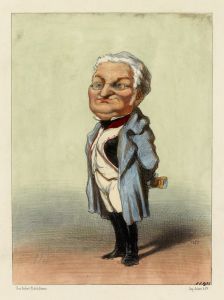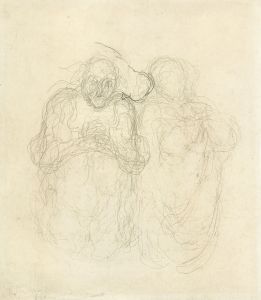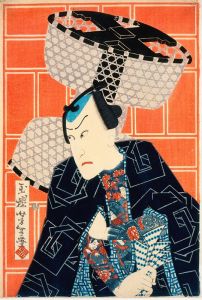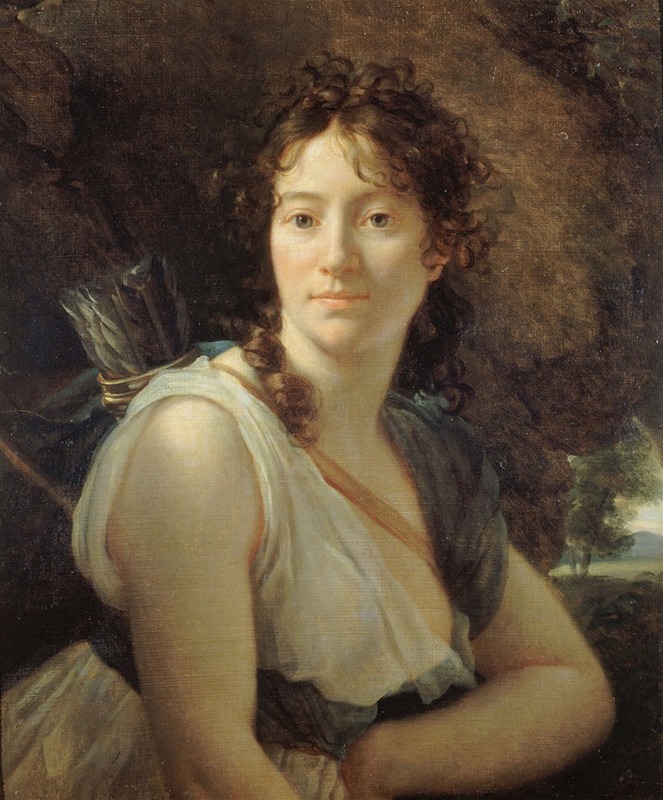
Portrait Of Mademoiselle Duchesnois , Member Of The Comédie-Française, In The Role Of Dido.
A hand-painted replica of François Gérard’s masterpiece Portrait Of Mademoiselle Duchesnois , Member Of The Comédie-Française, In The Role Of Dido., meticulously crafted by professional artists to capture the true essence of the original. Each piece is created with museum-quality canvas and rare mineral pigments, carefully painted by experienced artists with delicate brushstrokes and rich, layered colors to perfectly recreate the texture of the original artwork. Unlike machine-printed reproductions, this hand-painted version brings the painting to life, infused with the artist’s emotions and skill in every stroke. Whether for personal collection or home decoration, it instantly elevates the artistic atmosphere of any space.
François Gérard's "Portrait of Mademoiselle Duchesnois, Member of the Comédie-Française, in the Role of Dido" is a notable work of art that captures the essence of theatrical portraiture in the early 19th century. François Gérard, a prominent French painter, was renowned for his portraits of influential figures of his time. Born in Rome in 1770, Gérard moved to Paris and became a student of the famous painter Jacques-Louis David. He quickly established himself as a leading portraitist, known for his ability to convey the personality and status of his subjects with elegance and precision.
Mademoiselle Duchesnois, the subject of this portrait, was a celebrated actress of the Comédie-Française, one of the most prestigious theatrical institutions in France. Her full name was Catherine-Joséphine Duchesnois, and she was born in 1777. Duchesnois gained fame for her powerful performances and was particularly known for her roles in classical tragedies. Her portrayal of Dido, the legendary queen of Carthage, was one of her most acclaimed performances. Dido is a character from ancient mythology, best known from Virgil's epic poem, the "Aeneid," where she falls in love with the Trojan hero Aeneas.
In Gérard's portrait, Duchesnois is depicted in the role of Dido, capturing the dramatic intensity and emotional depth that she brought to the character. The painting reflects Gérard's skill in combining the theatrical with the personal, as he portrays Duchesnois not only as an actress but as a woman embodying the tragic fate of Dido. The portrait is characterized by its attention to detail, particularly in the rendering of Duchesnois's costume and expression, which convey both the regal nature of the queen and the vulnerability of a woman in love.
Gérard's work is notable for its use of light and shadow, which adds a sense of drama and depth to the composition. The background of the painting is typically subdued, allowing the figure of Duchesnois to stand out prominently. This technique is consistent with Gérard's style, which often focused on the subject's face and hands to convey emotion and character.
The portrait of Mademoiselle Duchesnois as Dido is an excellent example of how art and theater intersected during this period. It reflects the cultural importance of the Comédie-Française and its actors, who were celebrated figures in French society. Gérard's painting not only serves as a testament to Duchesnois's talent but also as a historical document that provides insight into the theatrical practices and aesthetic values of the time.
Today, Gérard's portraits are appreciated for their historical significance and artistic merit. They offer a glimpse into the lives of the individuals who shaped the cultural landscape of early 19th-century France. The "Portrait of Mademoiselle Duchesnois, Member of the Comédie-Française, in the Role of Dido" remains a valuable piece for both art historians and enthusiasts, illustrating the enduring legacy of François Gérard's contribution to the art of portraiture.





